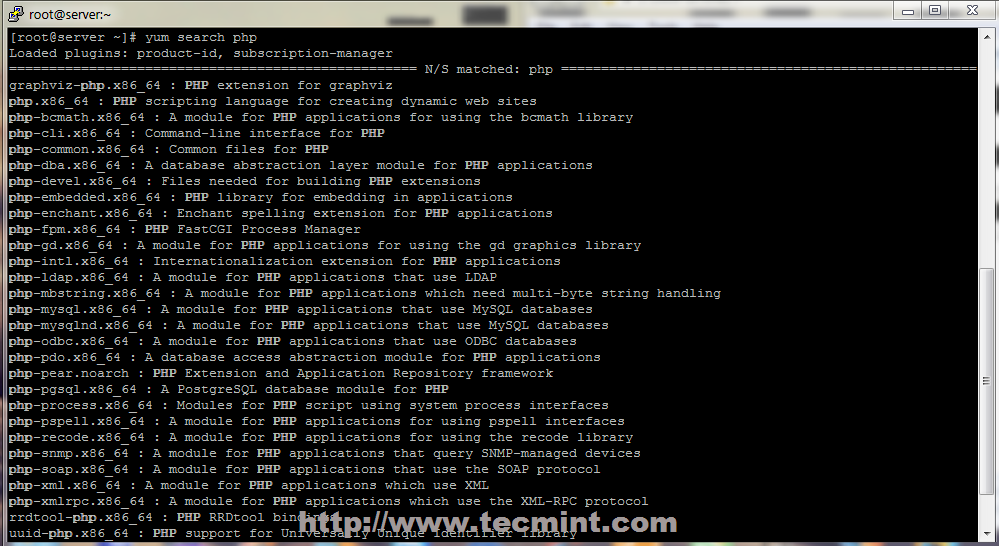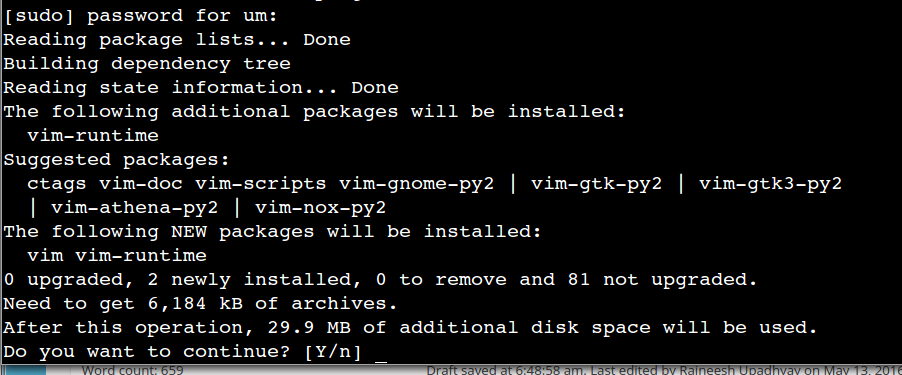Install Nano On Centos 7 Documentation
• 9 shares • • • • • Introduction In this tutorial, you will learn how to install and use Nano text editor. Learning Nano will enable you to edit text files in your VPS on the command line when you are logged in using. While Vim and Emacs can be overwhelming for novice Linux users, Nano is straightforward and easy to use. That’s why it’s one of the most popular text editors for Unix systems.
In this tutorial, we will learn how to install nano on Ubuntu and CentOS. You will also learn some basic nano commands for text editing. What you’ll need Before you begin this guide you’ll need the following: • Access to a machine running Ubuntu or CentOS ( to a machine running one of these operating systems will also work ) Step 1 — Installing Nano Text Editor It depends on what OS you have, in particular, some of them already come with the Nano text editor installed. If that is your case, you can click to skip this step and head over to the Step 2 part of this tutorial. To install Nano text editor, you need to have any kind of package installer on your system. Install Nano On Debian / Ubuntu.
Nano / path / to / directory / test. Txt Note: Nano will create a new file of the given filename if it is not present in the directory. If no filename has been specified it will create an empty untitled file and will ask for a filename at the time of exiting editor if any changes are made. After running the command, you will be taken to the editor window where you can now freely edit the file with the Nano text editor. Use arrow keys on your keyboard to move the cursor around the text. At the bottom of this window, you see some of the shortcuts to use the with the Nano editor. Symbol ^ means that you must press CTRL + [Key] ( CMD + [Key] for Mac users) to use the chosen command.

How To Configure a FreeIPA Client on CentOS 7. The nano text editor installed with yum install nano. The FreeIPA website has a list of documentation resources.
To save the changes made in the file and continue editing press CTRL + O To exit from the editor press CTRL + X. If any changes have been made to the currently open file, it will ask whether to save them or not otherwise it will exit right away. Enter y if you want to save changes and then press ENTER. BONUS TIP: whenever you are opening a config file with nano use -w option. As by default nano wraps the file text to fit the display.

This may break some configuration files and may cause problems. For example when opening a config file use. Sudo nano - w / etc / apache2 / apache2. Conf Editing text To select text go to the beginning of the text to be selected and press ALT +A. This will set a mark for selecting, then move over the text to be selected with the arrow keys. This will mark the text selected.
To copy the selected text press ALT + 6. This will copy text to the clipboard. To cut text press CTRL + K. To paste text press CTRL + U. If no next is selected before copying or pasting it will copy/cut the entire line. Searching / Replacing text To search in the text press CTRL + W.
It will ask you for the text to be searched. Insert search text and press ENTER. To search again for the same text press ALT + W. To find and replace text press CTRL+W and then CTRL+R. Graphtec Jx1130 Drivers. It will ask for the search text and the text to be replaced. It will take you to the first instance of the text and ask you whether to replace it or all of the occurrences.